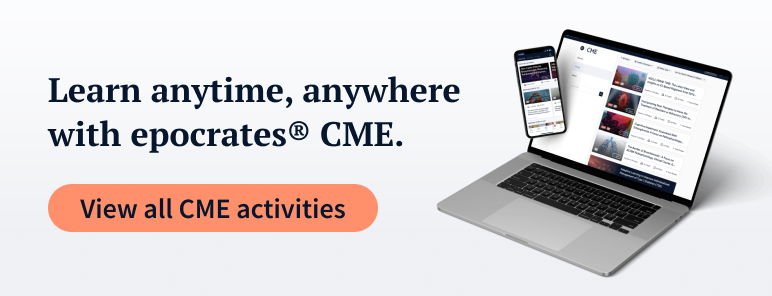
Neurology
Pregnant patients still exposed to high-risk ASMs, study finds
July 30, 2025

Study details: This nationwide, population-based study analyzed data from the French EPI-MERES register, including all pregnancies exposed to antiseizure medications (ASMs) between 2013 and 2021. ASMs were categorized by safety profile: safest (e.g., lamotrigine, levetiracetam), uncertain risk (e.g., pregabalin, gabapentin), and acknowledged risk (e.g., valproate, carbamazepine, topiramate).
Results: Among 55,801 ASM-exposed pregnancies, use of the safest ASMs increased by 30%, while valproate exposure fell sharply (−84% to −96% across various measures). However, exposure to carbamazepine and topiramate remained steady, and use of pregabalin, gabapentin, and newer ASMs increased significantly. Women exposed to higher-risk or uncertain-risk ASMs were more likely to be socioeconomically disadvantaged.
Clinical impact: Despite progress in reducing valproate use, many pregnancies remain exposed to ASMs with known or unclear risks. These findings highlight the need for continued education, risk mitigation strategies, and targeted support for vulnerable populations to ensure safer prescribing during pregnancy.
Source:
Shahriari P, et al. (2025, August 26). Neurology. Trends in Prenatal Exposure to Antiseizure Medications Over the Past Decade: A Nationwide Study. https://pubmed.ncbi.nlm.nih.gov/40700674/

TRENDING THIS WEEK






